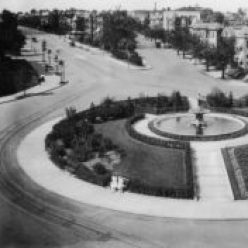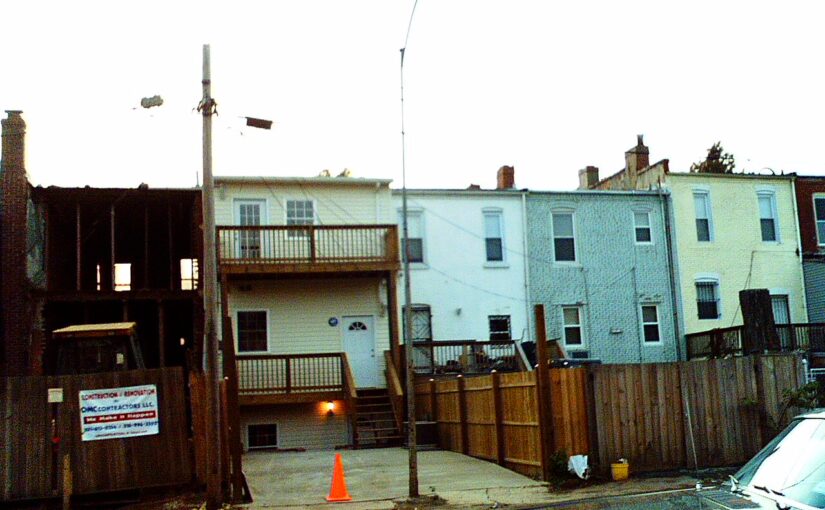Yes, Mari found a new toy. I’m going to take a little break from the deep research while I clean up the data. Playing with AI made me realize that the WSIC posts aren’t uniform in the information they give, so I will need to fix that. In the meantime, here’s an old post, where I had Grok write it in the style of Raymond Chandler. It is a hoot.
The street stretched out like a tired old dame, worn thin by time and the heavy tread of too many soles. New Jersey Avenue NW, a name that carried the weight of a forgotten promise, sat in the shadow of Truxton Circle, where the air hung thick with secrets and the ghosts of yesteryear lingered in the brickwork. It was 1920, and the odd-numbered side of the 1700 block was a pale-faced affair—white renters huddled in their rowhouses, clutching leases like lifelines. By 1930, the tide had turned, and the block was a sea of brown faces, Black homeowners staking their claim on a piece of the American dream. The shift wasn’t no accident, no gentle drift of fate. It was a deal, cold and calculated, with the scent of money and desperation trailing behind it.
I dug into the dirt of it, the way a PI might sift through a dame’s lies to find the truth. The census told one story—white to Black, a decade’s flip of the coin. But the land records, they sang a darker tune. Around July 1920, M. Harvey Chiswell swooped in like a vulture in a cheap suit, snatching up 1707 to 1715 from Charles W. and Amy S. Richardson, then 1717 to 1721 from Ella S. Du Bois. She kept going, greedy fingers closing around 1725 to 1731 and 1733 to 1741 from Mason N. and Ada F. Richardson. The whole stinking stretch of New Jersey Avenue fell under her shadow, a monopoly built on deeds and dust.
Come August, the Evening Star piped up—H.A. Kite was set to patch up 1701 to 1741, a repair job to pretty up the bones of those old houses. But Chiswell wasn’t holding onto her prize for long. She flipped them fast, like a grifter unloading hot goods. September saw 1701 go to Grace L. Jackson for $4,100, a loan stitched up tight with W. Wallace Chiswell and Kite’s names on it. October rolled in, and 1707 went to Susie J.R. Johnson, 1711 to Maria Jones, 1713 to Frank E. Smith, 1717 to Mayo J. Scott and his wife Sarah, 1719 to William H. Randall and Katie. The list ran on—1715 to Fred H. and Hester Seeney, 1709 to Julia G. Holland, 1703 to Amelia Green by December. Every sale inked with Chiswell’s mark, every loan tied to her web of trusts, 6% interest bleeding the buyers dry.
The block wasn’t just sold off—it was carved up and fed to a new crowd, African Americans stepping into homes that white folks had fled. The why of it hung in the air like smoke from a cheap cigar. Maybe the old tenants saw the writing on the wall, the neighborhood tilting toward something they couldn’t stomach. Maybe Chiswell saw a profit in the shift, a chance to cash out before the winds changed again. Whatever the game, the 1700 block morphed into a testament to grit and gamble, a place where dreams were bought on credit and paid for in sweat.
I lit a cigarette and stared down the street, watching the shadows play across the rowhouses. The sell-off was a heist dressed up as progress, a shuffle of papers that rewrote lives. Truxton Circle didn’t care—it just watched, silent as a dame with too many secrets, while the block turned over like a card in a rigged deck.

